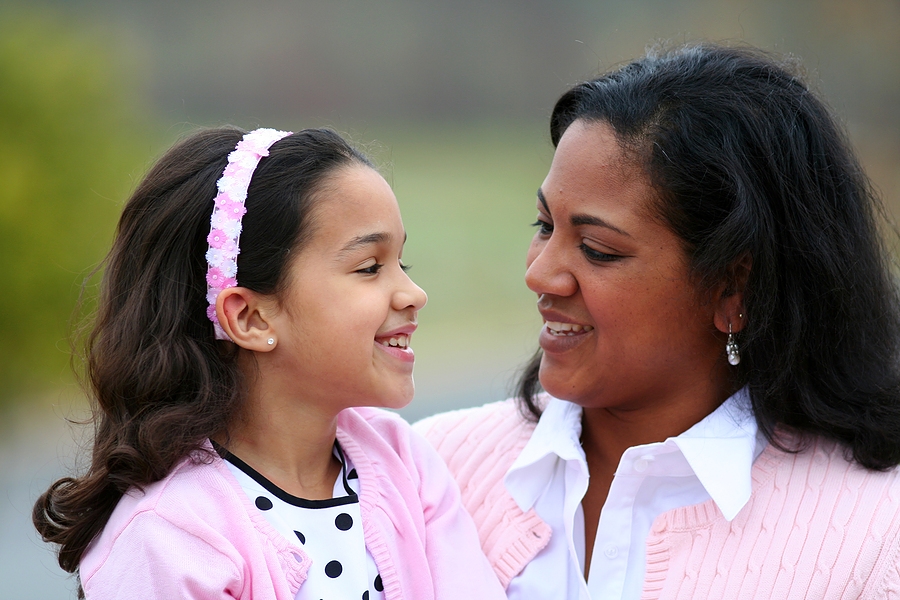

Be sure to address the various ways bullying can take form – it’s not just about stealing lunch money anymore.
As always, be a good role model. How do you behave towards other people? How do you talk to your spouse and your child when you are angry? Being a part of and witnessing respectful relationships will help her learn how she should expect to be treated.


Make sure you know your child’s school policies on bullying. Talk to your child’s teacher about how bullying is handled in your child’s classroom, and voice any concerns you have.
HRSA has started a campaign against school bullying called Stop Bullying Now. Visit their website for a full list of resources and materials on how parents and teachers can help fight bullying.


This tactic can be very effective, but shouldn’t be used in cases of severe bullying or if there is the potential for your child to get hurt.

Learning to walk away takes courage and isn’t easy, so practicing this tactic at home is helpful. Using a line such as, “I don’t care what you’re saying about me, I have better things to do with my time” is a good way to help convey your message to the bully.

Online services often have a “block” or “ban” option to keep certain people from contacting you. Talk to your phone and Internet provider for additional privacy settings.

If your child is afraid of “tattling,” explain to her the difference between telling on someone merely to get them in trouble and telling an adult about a dangerous situation.
Don’t wait until a situation arises before talking to your child about who to turn to for help. Role play what she should say to an adult if she is being bullied. Help her visualize a situation and what she would do if it happened. Practicing these tactics at home will help make her reactions to a real situation more automatic, and will make her feel more comfortable asking for help.





